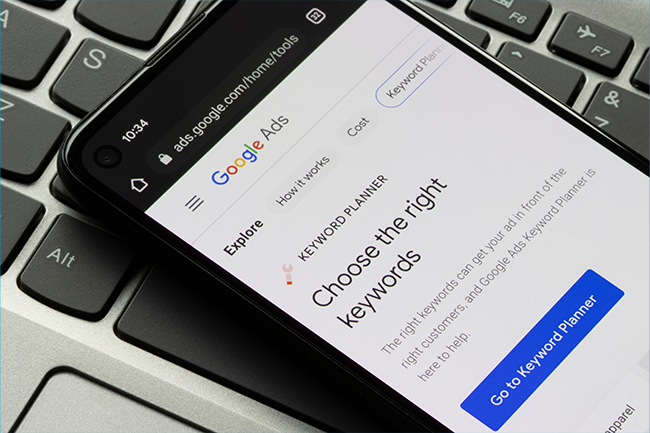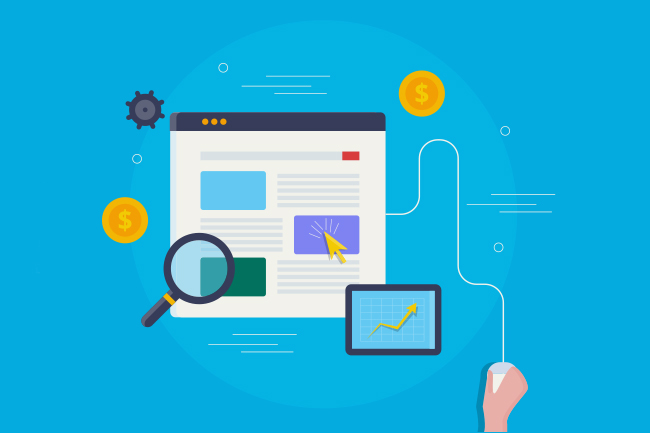
Utilize Microsoft Ads In Your Paid Search Strategy
It’s common for new clients to ask for Google Ads specifically when requesting pay-per-click (PPC) advertising services from us, without considering Microsoft Advertising (formerly Bing) as a platform that can provide a lift to their business. However, we evaluate all options when developing a PPC strategy, and we find that Microsoft Ads is a great complement to most PPC strategies, even though Google dominates the search market.
Often Google Ads is synonymous with PPC when considering online advertising. Although nearly every PPC strategy should include Google Ads, if you don’t evaluate Microsoft Ads as a viable PPC platform, you’re missing out. The focus on Google provides an opportunity for you to reach an audience your competitors aren’t via Microsoft Ads and generally at a lower cost.
While Microsoft Ads is similar to Google Ads in structure and interface, there are nuances in Microsoft Ads that you must know to be successful. Here are some of the differences between the platforms and advantages of Microsoft Ads.
Advantages of Microsoft Advertising
Reach Users on Three Search Engines
Microsoft Ads aren’t just for people who use Bing as their search engine. The platform also shows ads on Yahoo and AOL. Many of our clients are astounded to find out that there are 638 million unique Microsoft Search Network users globally, performing 13.7 billion monthly searches! That’s a lot of potential customers and revenue to leave on the table.
Different Audience Demographics
Microsoft Ads aren’t just for people who use Bing as their search engine. The platform also shows ads on Yahoo and AOL. Many of our clients are astounded to find out that there are 638 million unique Microsoft Search Network users globally, performing 13.7 billion monthly searches! That’s a lot of potential customers and revenue to leave on the table.
A vast majority of the network’s users are also on a desktop computer running Windows rather than a phone. This makes sense as most mobile devices use Google as a default search engine but Windows defaults to Bing.
Because of this, you’ll want to ensure to also add call tracking. Users on a desktop computer won’t be tracked when they dial your phone number for services from their phones, unless you implement a special tracking code (or snippet) on your site. There are a variety of services available for this, but we prefer WordStream’s Call Tracking as part of their overall suite of features. When implemented, the code will automatically change the phone numbers on your site to a new tracking number when the user reaches your site from a PPC ad. This allows you to measure the success of your paid ads, even when a customer picks up a phone and calls.
First-Rate Audience Targeting & Extensions
Microsoft competes with Google by providing some unique targeting options that are not available on Google’s advertising platform. It is easier to target by device if you want to limit traffic to just mobile phones, tablets, or desktop computers, and these settings can be applied at an ad group level rather than just the campaign level. In addition, a new option exclusive to Microsoft Ads is targeting users based on LinkedIn profiles.
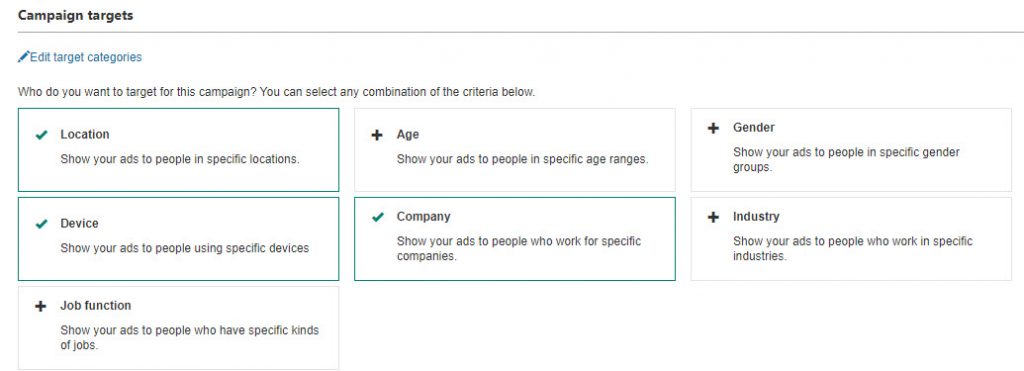
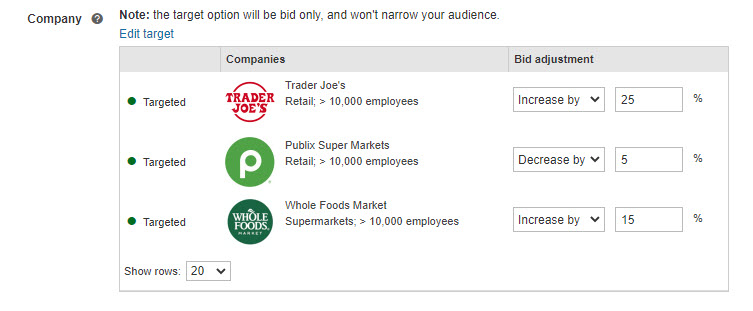
Ad extensions exist on both Google and Microsoft platforms. You should take full advantage of any applicable extensions because they will allow your ads to take up more real estate on the search engine results pages (SERPs) and they result in more engagement. If you already utilize Google Ads, you should be familiar with all of the standard options, such as sitelink, callout, call, location, structured snippets, etc. A unique option exists in Microsoft, however: Image extensions. We’ve tested image extensions with our clients and have had mixed results, but the ability to display an image with your ad should create more interest, in theory.
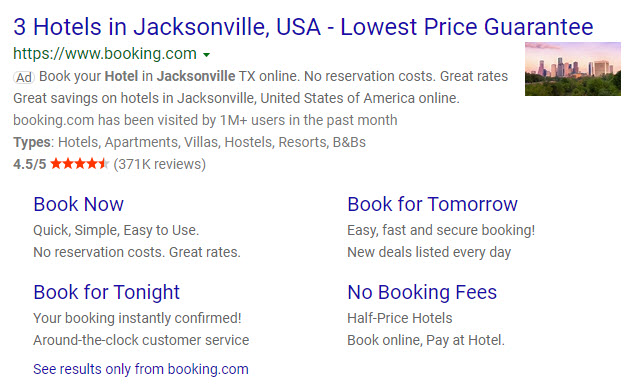
Using the Google Ads Import Tool
We are all for efficiency and fortunately, there’s an efficient way to copy your Google Ads campaigns over to the Microsoft Advertising platform: The Google Ads Import Tool. It only takes a few clicks to initiate an import, and a near-duplicate of your Google campaigns will exist in Microsoft Ads in almost no time at all. We say “near-duplicate” for a reason though! Not every setting will copy over perfectly. Location targeting will need to be closely reviewed, as we’ve seen targeted local campaigns have nationwide location targeting incorrectly added. Consider a new bidding strategy if you’re using automatic bidding, such as maximize conversions, in Google Ads. Volume is lower on Microsoft Ads which makes it harder for their algorithm to optimize your bids, and bids don’t need to be as high as on Google Ads because there is less competition on Microsoft’s platform. It’s worth your time to review your keywords for each campaign as well. Match types don’t function identically on both platforms, and you may find that Microsoft’s “close variants” aren’t close to what you’d expect to see. You may find value in using the keyword research tool in Microsoft Ads to customize your keyword list for the platform and ensure the keywords have sufficient volume.
Be cautious when using the automated import schedule tool. It will keep Microsoft and Google Ads synchronized on a scheduled basis automatically, but any optimizations you’ve made directly to Microsoft Ads could be overwritten during an import. You can customize your import settings to make sure you’re not overwriting valuable optimizations if you choose to use this tool.
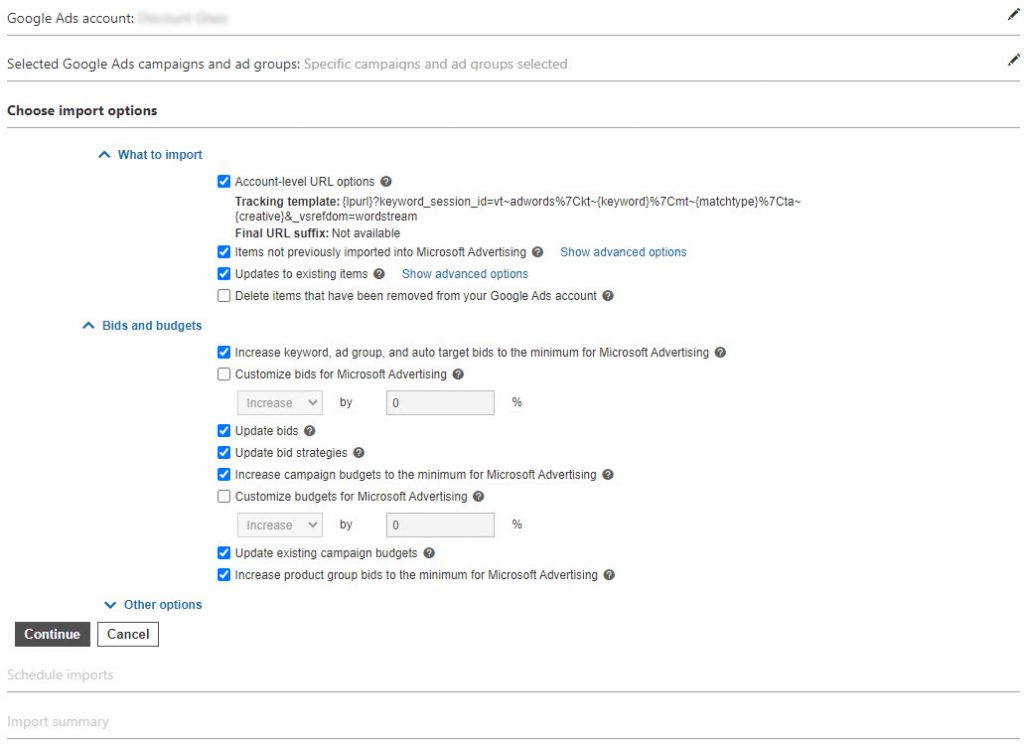
It’s Time to Take Advantage of Microsoft Ads!
For these reasons and more, we believe Microsoft Ads should be a part of your PPC strategy. It’s an effective way to get some extra conversions at a lower cost than Google. In most cases, it shouldn’t be expected to be a replacement for Google Ads. There’s far less search volume, so even a well-optimized campaign will only provide a fraction of the conversions that Google Ads will bring in but when trying to maximize your budget and expand market share, Microsoft Ads is a great option. Don't wait for your competitors to get there first. To strengthen your PPC campaigns with the addition of Microsoft Ads, contact us today.
